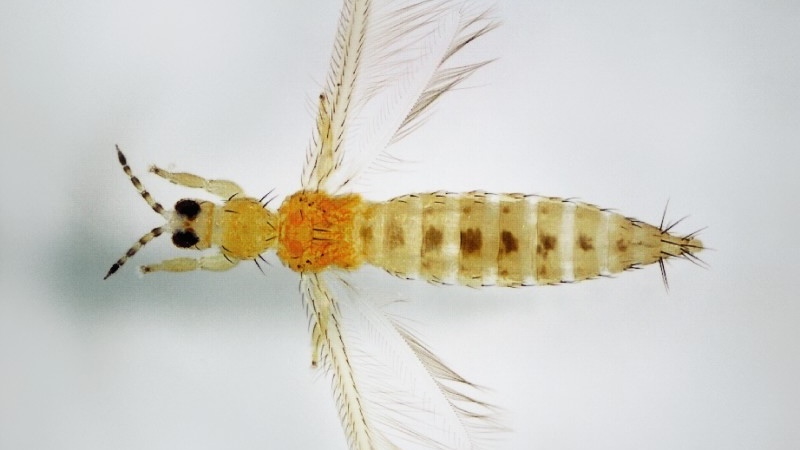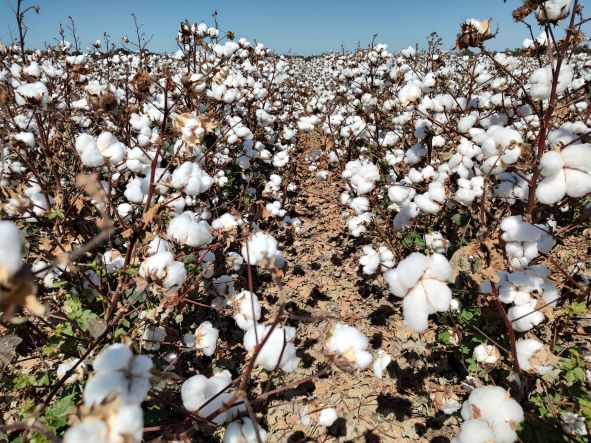When and Why to Double Inoculate Your Soybeans
Double inoculation is the act of using a double application of a rhizobial inoculant. This quickly establishes high populations of rhizobia bacteria in the soil — bacteria that are critical to the nodulation process for soybeans and other legumes. By double inoculating, growers can help plants form nodules at an optimal rate and time, ultimately improving their overall performance potential.
Double inoculation can provide access to nutrients bound in your soil, ultimately maximizing the performance potential of your soybeans. Establishing high populations of rhizobia bacteria can help soybean plants form nitrogen-fixing nodules at an optimal rate and time. (Nitrogen drives the growth of roots, shoots, stems and leaves.) Also, releasing bound nutrients from the soil can help you make use of what’s already there and make your fertilizer dollar go further. Finally, relying on nature’s powerful technology can help improve the sustainability of your operation.
When Should I Double Inoculate?
Like any living creature, rhizobia need the right conditions to survive. Certain events and practices can lead your soil to need replenishment beyond what fertilizer can provide. The following conditions can benefit from double inoculation.
- Land that will be planted with soybeans for the first time
- Land that has not been planted with soybeans in several years
- Land with a history of longer soybean rotations
- Land that been in the Conservation Reserve Program (CRP)
- Land that has been used for pasture
- Land that has a history of flooding or longer periods of drought
What About Stacking?
Stacking is similar to double inoculation, but it refers to using different products that play complementary roles. You can stack two seed-applied inoculants, or you can stack a seed-applied inoculant with an in-furrow inoculant.
Source: Monsanto BioAg









